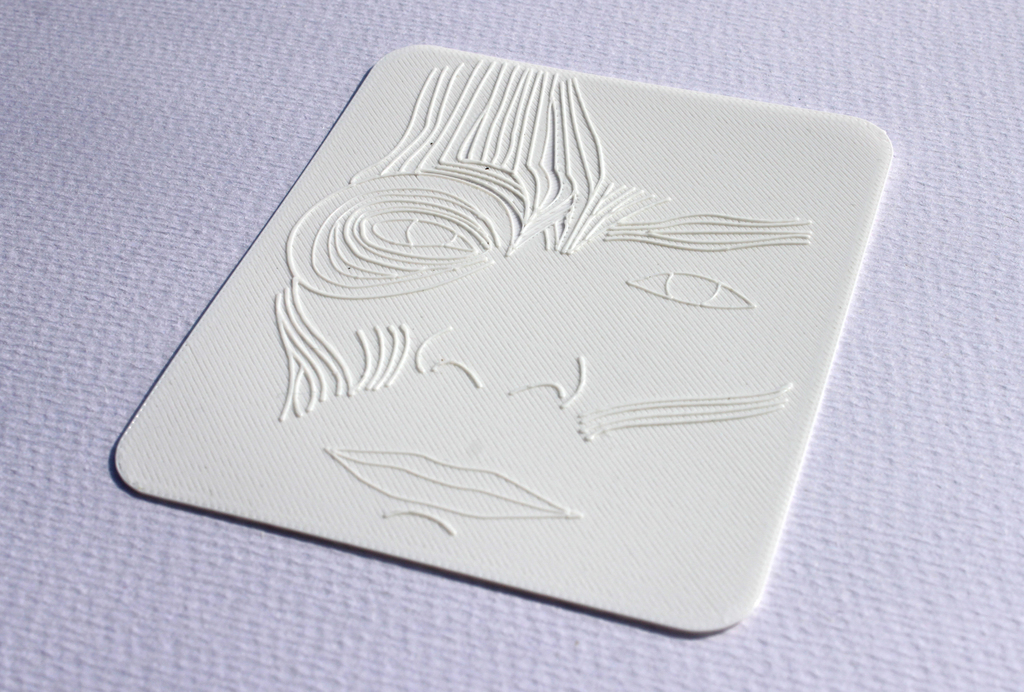
Emotional Codes Tactile Images
thingiverse
Part of a wider collection of tactile images for blind and partially sighted people, these 3D printed images of facial expressions and muscle groups, are designed to be understood through touch in order to teach aspects of facial mimicry to a non-sighted audience. Two of the images are designed to work in conjunction with Vandeventer and Patterson’s paper on the Duchenne Smile, whilst the third is a simplified explanation of ‘smiling with your eyes’ aimed at explaining the basic mechanics of genuine expression as distinct from a false or ‘Pan Am’ smile. Created in partial fulfilment of the requirements of a PhD at the University of Huddersfield, the thesis includes resources and information to aid in the design and creation of tactile images from both a professional and engaged amateur audience. “The importance of facial cues in regards to the translation of thought and meaning, has been brought to the fore of the post epidemic collective consciousness. Much as the Deaf community face challenges for masks prevent lip reading, so to do blind people face potentially less obvious challenges in conveying emotion and intent using a limited facial expression set; both in terms of expression being limited to one third of the face, and in terms of a weaker understanding of facial expression in the absence of a visual lexicon regarding facial mimicry. Without the knowledge that a genuine smile incorporates the muscles around our eyes, one can’t reasonably be expected to engage those muscles when attempting to replicate that expression. Similarly, without the additional context cues that come from the lower half of the face, your audience cannot be expected to tell that you are smiling beneath the mask. In this there is an obvious and practical need for this expression set to be understood, what's more, Duchenne markers represent a fairly self-contained, comparatively straightforward concept in which we might present a singular application of tactile image in the creation of a series of emotional codes. Such diagrammatic work operates in a particularly functional register, with clear aims in regards to what information it seeks to convey and how it intends for that information to be applied. In this instance, the work offers information on the Duchenne smile, in order that the audience may attempt to replicate that expression with the ultimate aim of improving the quality of the audience's masking and incorporating ‘smiling with their eyes’ into their regular expression set.” (Crumlish, 2023)
With this file you will be able to print Emotional Codes Tactile Images with your 3D printer. Click on the button and save the file on your computer to work, edit or customize your design. You can also find more 3D designs for printers on Emotional Codes Tactile Images.
